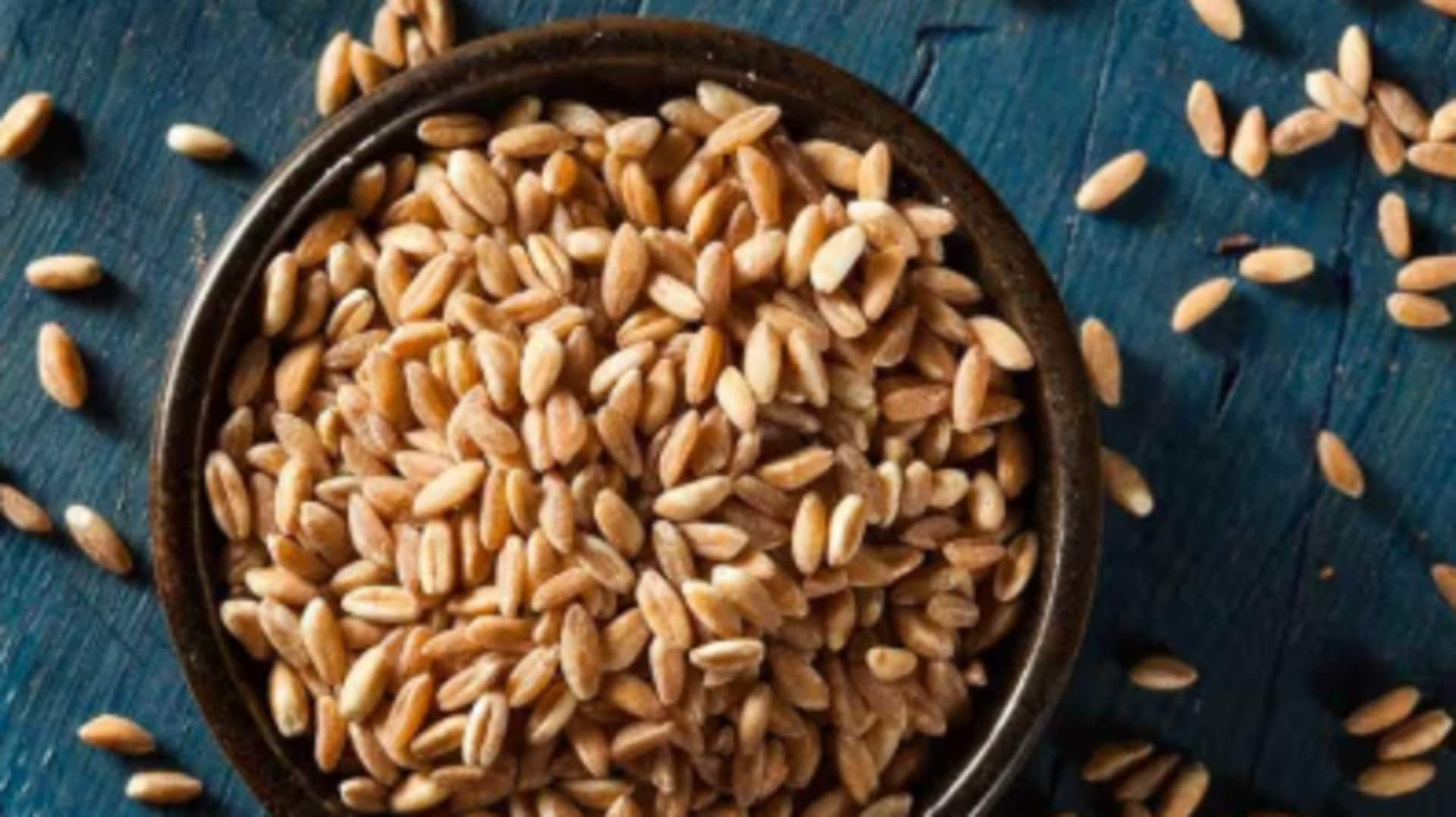
Farro v/s spelt: Which is healthier?
What's the story
Farro and spelt are two ancient grains that have become increasingly popular for their nutritional benefits. Both are high in fiber, protein, and essential nutrients, making them the perfect addition to a balanced diet. Although they are similar in certain ways, their nutritional profiles vary distinctly, which may affect one's choice of diet. Let's take a closer look at the two grains.
Protein levels
Protein content differences
Both farro and spelt pack a lot of protein, but farro tends to be richer in protein content. Farro gives you around seven grams of protein per serving, while spelt comes in at about six grams. This difference could be crucial for those mindful of adding more plant-based protein in their diet.
Fiber comparison
Fiber content analysis
We all know how important fiber is to keep our digestive health in check, and both farro and spelt are great sources of it. Farro takes the lead by a small margin with some five grams of fiber per serving, while spelt provides four grams. This slight edge makes farro a better option for anyone looking to improve their digestive health and contribute to weight management efforts.
Nutrient profile
Vitamin and mineral composition
Both farro and spelt are rich in essential vitamins and minerals such as magnesium, zinc, iron, and some B vitamins. However, farro slightly outruns spelt when it comes to the amount of magnesium and zinc it contains. These nutrients are important for bone health and the immune system. This emphasizes the subtle but notable nutritional benefits farro may have over spelt.
Calorie count
Caloric value examination
When it comes to calories, both grains are pretty similar, but with a slight difference. A serving of farro has about 200 calories, while spelt has about 190 calories in each serving. This slight difference can be taken into consideration by those keeping a close watch on their calorie consumption.
Gluten levels
Gluten content considerations
Both farro and spelt contain gluten, however, the structure of gluten in these grains differs slightly. The gluten in spelt is often considered easier to digest than that in modern wheat varieties, including farro. This makes spelt a better option for people with mild gluten sensitivities. It's a key consideration for those maintaining a diet with ancient grains but need easier digestibility.